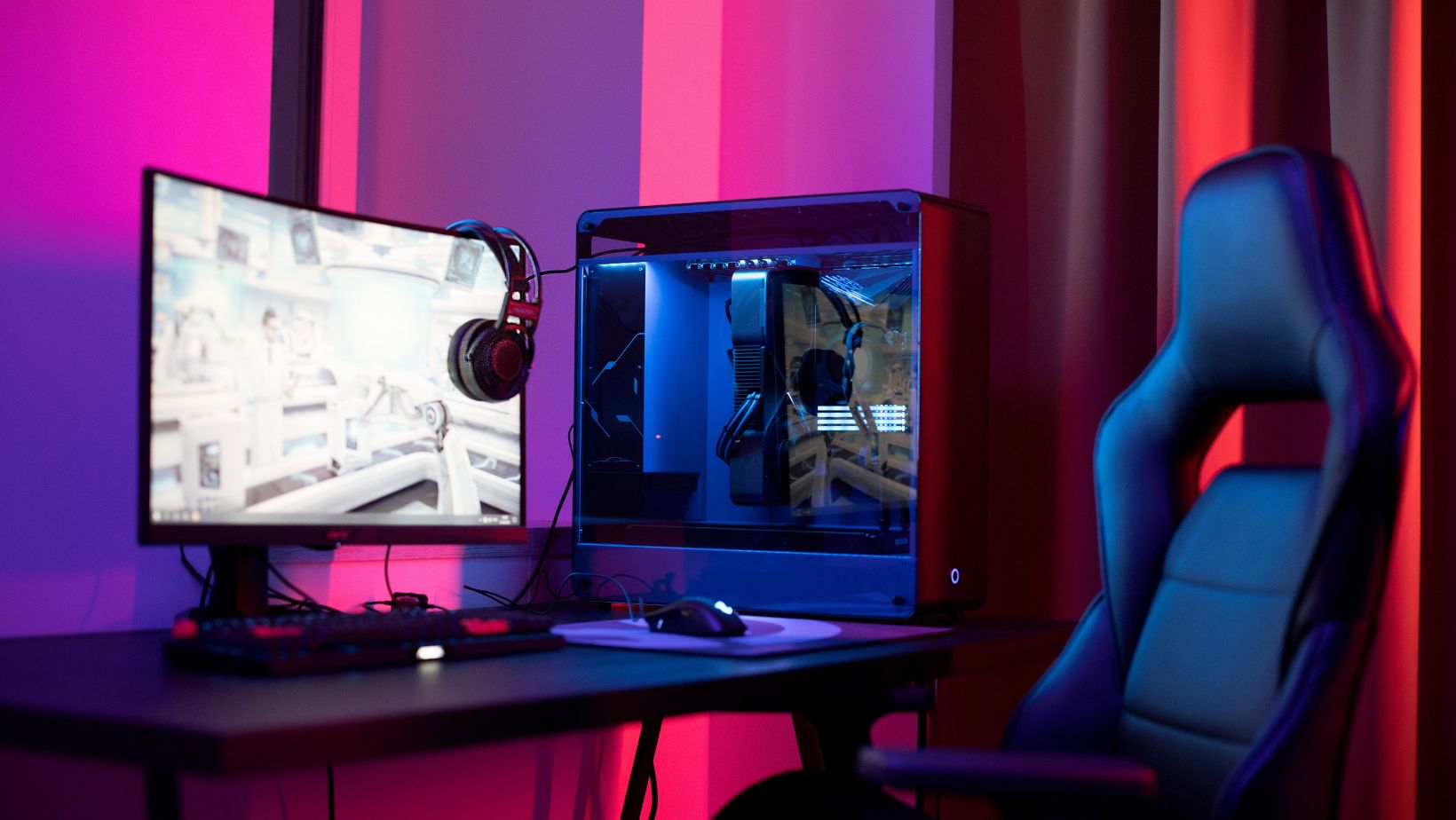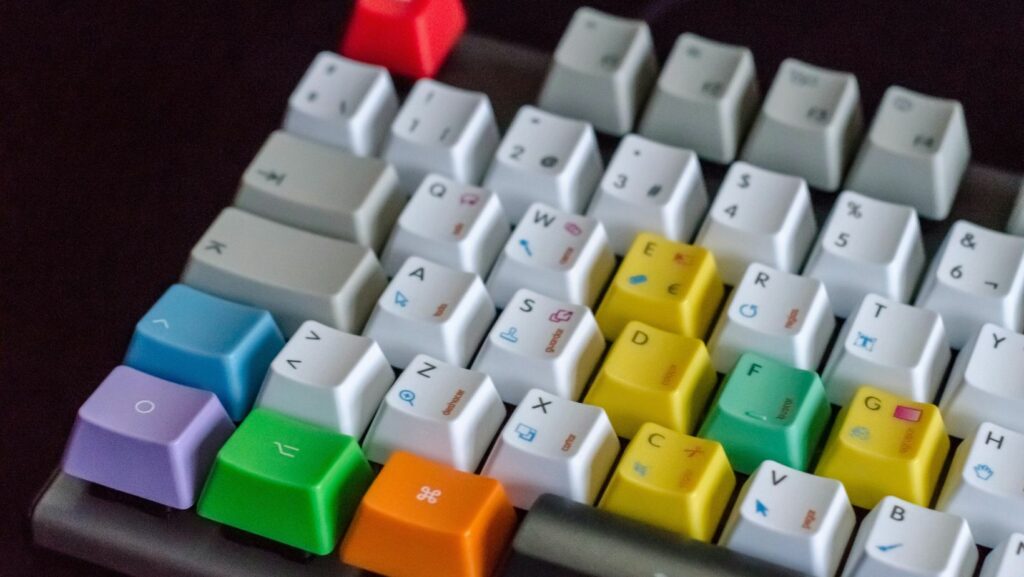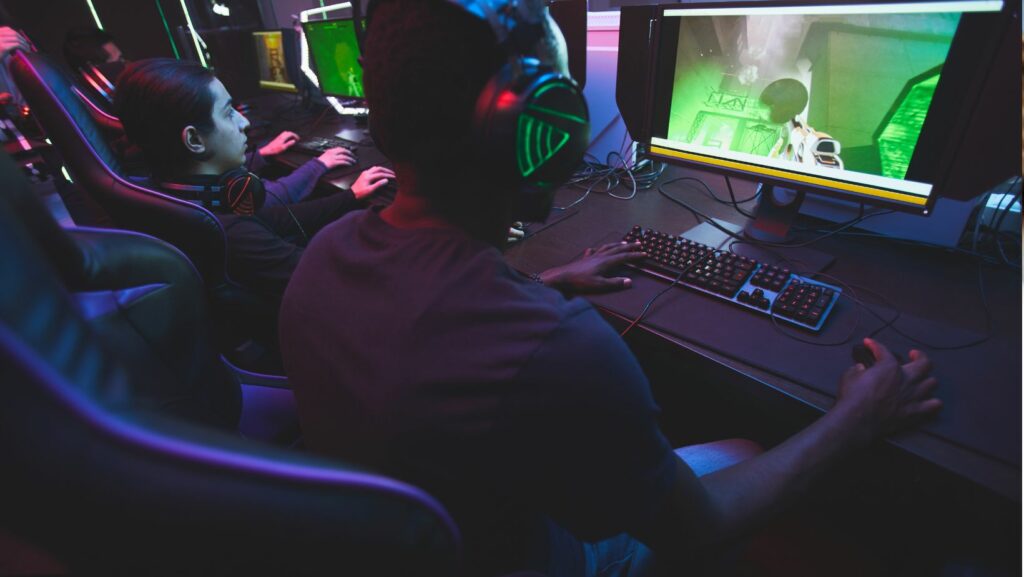The gaming industry has changed beyond recognition over the past couple of decades. Mobile gaming has emerged as a dominant force alongside desktop gaming, the traditional favorite, with both platforms offering different advantages and experiences for players. So in this article, we’ll look at key differences between the two gaming experiences, focusing on gameplay, promotions, and strategies.
Accessibility and Gameplay Differences
The biggest difference between mobile and desktop gaming is accessibility. Desktop games lean heavily on immersive gameplay. Generally speaking, they have superior graphics and better processing power with added hardware like gaming keyboards. These features make desktop gaming more suited to detailed, intensive games like League of Legends and Valorant. 
On the other hand, mobile games are designed for portability, where they can be played virtually anywhere. Some games require little time commitment and offer bite-sized gaming experiences for people who are commuting to work or taking short breaks from work. Furthermore, players can usually download games within seconds on their smartphones.
From a technical standpoint, desktops can support high resolution and higher frame rates, which brings with it a better gaming experience. Mobile games are usually optimized to suit smaller screens, and therefore, the graphics and gameplay suffer.
Tailoring Promotions to the Audience
Promotions are a useful tool for gaming companies to attract and retain players and do so by offering in-game promotions and other bonuses. A common tactic employed in the iGaming sector is offering sign-up incentives. For example. Playstar, a mobile casino, gives a casino welcome bonus to new gamers that includes promotions like a 100% deposit match bonus and 100 free spins when gamers wager just $20. Across the mobile gaming industry, we can see other types of promotions too. Limited-time discounts on in-game currency or bonuses for watching ads are common, as are seasonal promotions that can incentivize spending. Regardless of the game, push notifications are hugely important in mobile gaming promotions.
Desktop gaming promotions can differ and focus on broader subscriptions or one-time purchases. Platforms like Steam run sales with discounts on games. Moreover, desktop games can come with extra downloadable content and season passes, which engage players over an extended period of time. Recently, we have seen a convergence of promotional tactics across mobile and desktop. For example, Fortnite, available on both, uses cross-platform promotions like synchronized events to create a better experience.
Community and Social Dynamics
The social dynamics change when it comes to mobile or desktop gaming. Mobile games can integrate seamlessly with social media, allowing players to share achievements and send invites to play. This social element is also commonly tied to gaming companies’ promotions. Desktop gaming fosters a more traditional multiplayer experience, and if gamers want to communicate with others, games usually require additional platforms that are already integrated.
As the gaming industry evolves over the coming years, there will likely be even more crossover between mobile and desktop gaming, creating a more immersive and engaging gaming experience for players.



